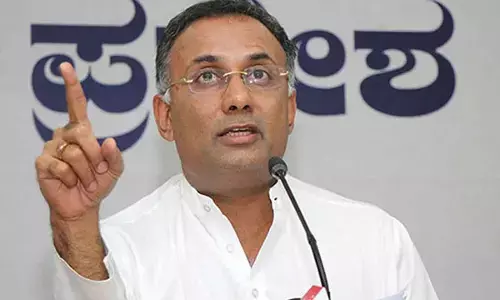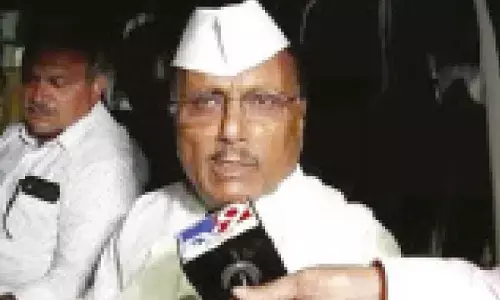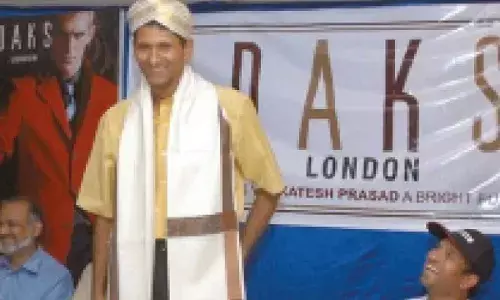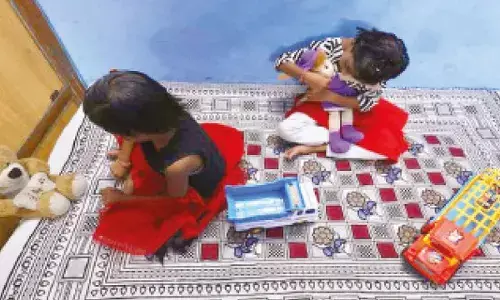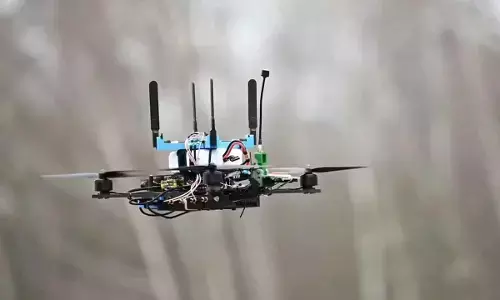2014 polls to be decided by India's middle class
2014 Polls to be Decided by India's Middle Class, Next General Election. If you define the real middle class as people who can think beyond subsistence, their numbers could be in the range of 70-150 million (of which more later).
If you define the real middle class as people who can think beyond subsistence, their numbers could be in the range of 70-150 million. And theirs will be the casting vote next year
What a turnaround! The middle class cannot be ignored anymore. This is where segments in the old media are getting it wrong. Schooled in the "povertarian" philosophies (to use Shekhar Gupta's felicitous phrase) of pre-liberalisation India, some of them railed against how the middle class gets heard but not the poor living in slums or rural areas
The next general election will be decided by India's middle class. It is not about new and first-time voters alone, for new voters are there in all castes, all communities, all regions and all income clusters. What is really new is the emerging power of the middle class, bolstered by a broad unseen coalition of the newly emergent consuming classes. Whether you earn just enough to feed and clothe your family, or have something to spare to buy non-necessities, the thing that unites the lower middle, middle and upper middle classes is growing aspiration. And this group is going to tilt the balance in 2014.
If you define the real middle class as people who can think beyond subsistence, their numbers could be in the range of 70-150 million (of which more later). And theirs will be the casting vote next year. This message has been coming through loud and clear for over three years now, but the media has not quite got it. Arnab Goswami of Times Now -- not one of my favourite news anchors -- gets it, Bollywood gets it, Narendra Modi gets it, Chetan Bhagat gets it, even the Supreme Court gets it, but our ancient political class and old-school news anchors are barely coming to grips with this mind-boggling change, mired as they are in old ideologies, and tied to older power structures. This is the message from the Anna Hazare movement, the Delhi gangrape protests, the emergence of the Aam Aadmi Party as a destabilising factor in the Delhi Assembly elections, and the Campa Cola building protests in Mumbai.
Consider the enormity of the partial victory on November 13, when the Supreme Court stayed its own previous order to demolish 96 illegal flats in seven Campa Cola buildings. Just 96 middle class households fighting for their homes and lifetime investments forced the Supreme Court to eat crow. The same Justice GS Singhvi, whose bench earlier refused to stop the demolition, yesterday said: "We were badly disturbed by reports. Apart from the legal issue, the human angle is also there," Firstpost quotes him as saying .
What a turnaround. The middle class cannot be ignored anymore. This is where segments in the old media are getting it wrong. Schooled in the "povertarian" philosophies (to use Shekhar Gupta's felicitous phrase) of pre-liberalisation India, some of them railed against how the middle class gets heard but not the poor living in slums or rural areas. And how the law must apply equally to the middle class misdemeanours. This is, of course, a load of bull. If any urban class has got undue political attention, it is the slum-dwelling lower middle classes and the near poor, who are assumed to vote in blocks. In city after city, slums have got repeatedly regularised. But, this may surprise the poverty-wallahs, even the slums have changed. Today's slums are not merely dilapidated dwelling units of the poor, but thriving small business hubs (example: Mumbai's Dharavi) that create jobs and wealth. We all eat stuff made in slums. Slums are thus also about the new consuming classes. They are beginning to see a commonality in interests with the established middle classes because they aspire to a better life. The other point where the media griping about "favours" to the middle class is wrong is this: slum-dwellers are actually residing on public or private land. They are taking something that is not theirs.
The middle class has been out in force in all street protests in recent years. It is not the middle class but the old elites that run the mainstream that have their heads buried in sand. They fear the rise of middle class power. The old elite has a Pavlovian response to the rise of the new middle class. Anything they aspire for must be wrong, and they must be made to feel guilty for seeking something more out of life. If the middle class sees happiness in some material possessions, you must puncture that with references to "the poor" and the hungry masses. But the "hungry masses" are as much partial myth as the nameless "poor". Real hunger is a vanishing problem , though there is a big question-mark over whether the non-hungry are getting the right kind of food (proteins, vitamins, etc). Don't get me wrong. There are hungry people and poor people out there by the million, but as many millions who have left hunger and acute poverty behind. This is what the Congress party has been telling us, but its actions (food security, cheap utilities) seem to point in the other direction. It is still treating the remaining poor as a votebank, not people with aspirations. Run by a feudal dynasty, the party still patronises the poor and glorifies poverty.
The double standard is startling." What this poverty-mongering elite, which wielded huge power in the era of votebank politics and mass poverty, has refused to see is that large chunks of "masses" have migrated to becoming "classes" in two decades of fast growth. In India's first-past-the-post system, where a 3-5 per cent vote difference can make all the difference between an electoral sweep and defeat (consider the last UP elections), Indian middle class will decide the fate of the next elections. If they can come out on the streets, they can come to the polling booths in May 2014. Something fundamental has changed in India, and it is the swelling of the middle class brigade by arrivals from below. This is why Chetan Bhagat's books sell, despite sneering references by the elite to his poor writing skills, this is why the "neo middle classes" voted Narendra Modi back to power despite the scare-mongering by his opponents, this is why Bollywood films are no longer about poverty and the poor (no film on poverty will ever succeed at the box office today). That leaves us with one question: are the middle classes big enough to tilt a vote? The answer is yes.








